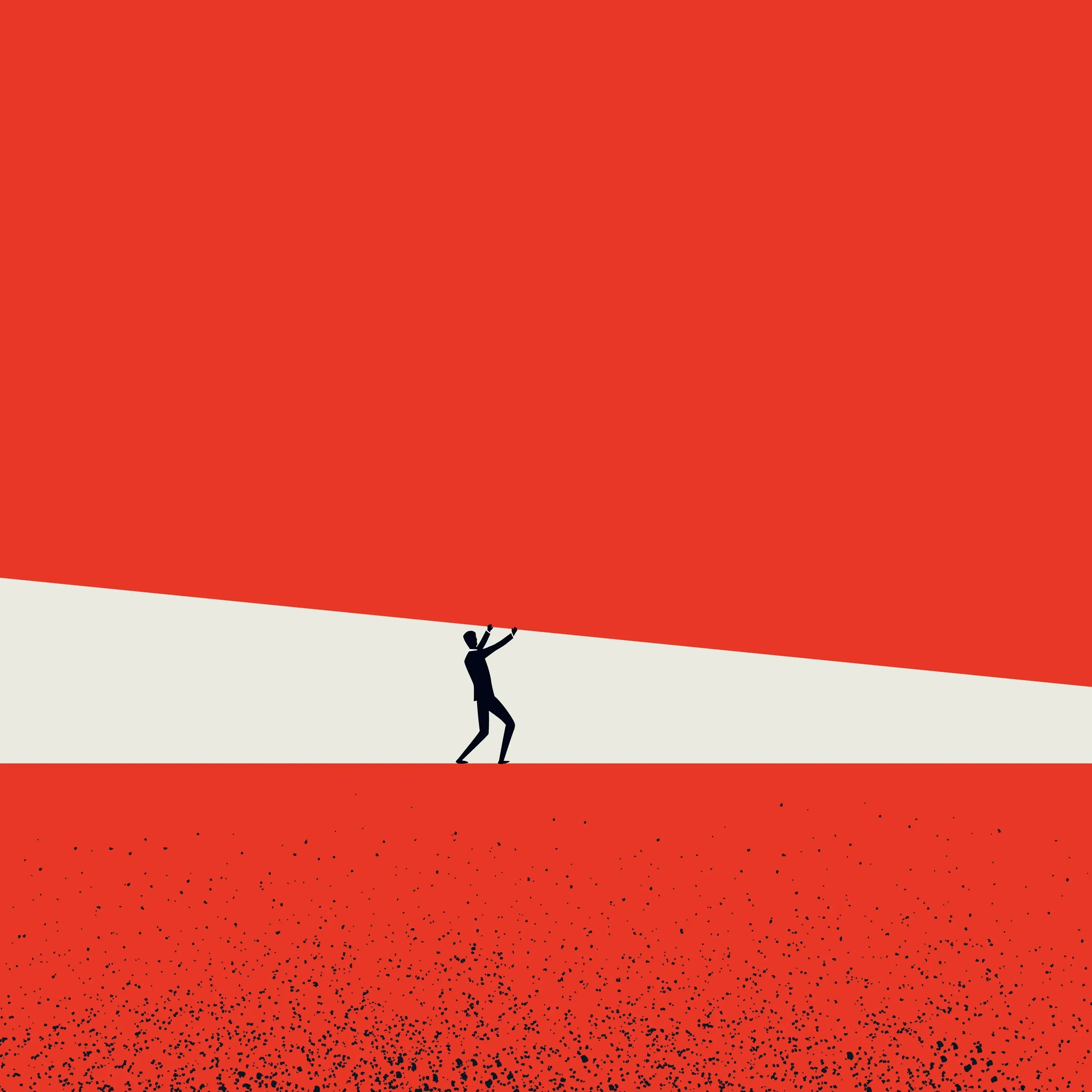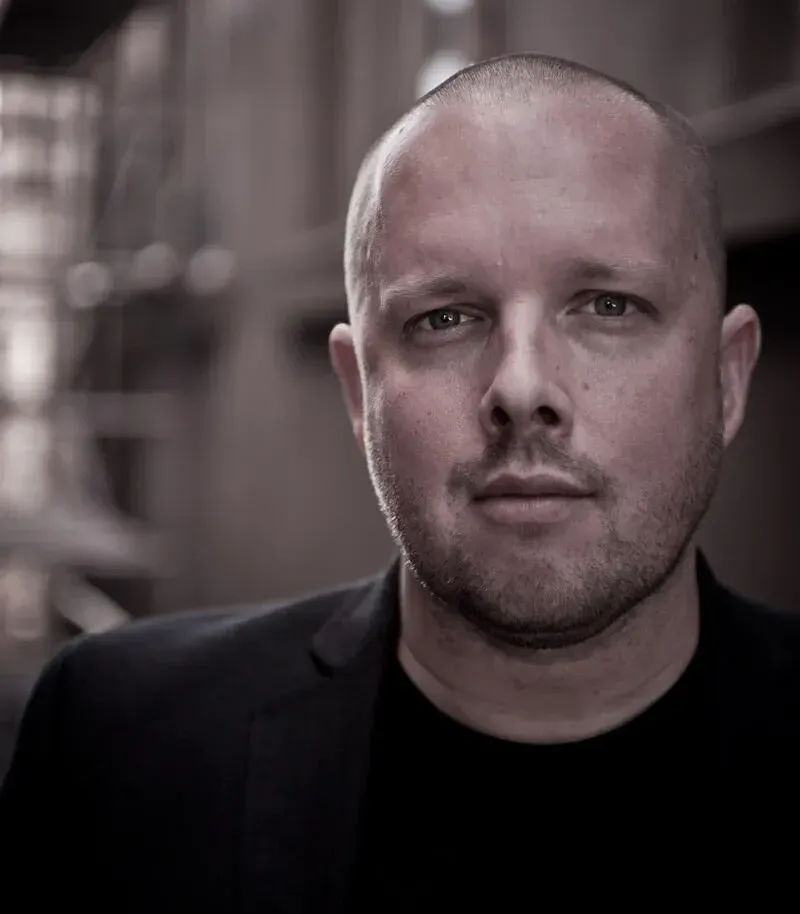Blink And They're Gone - Arts Grants Closes In Record Time
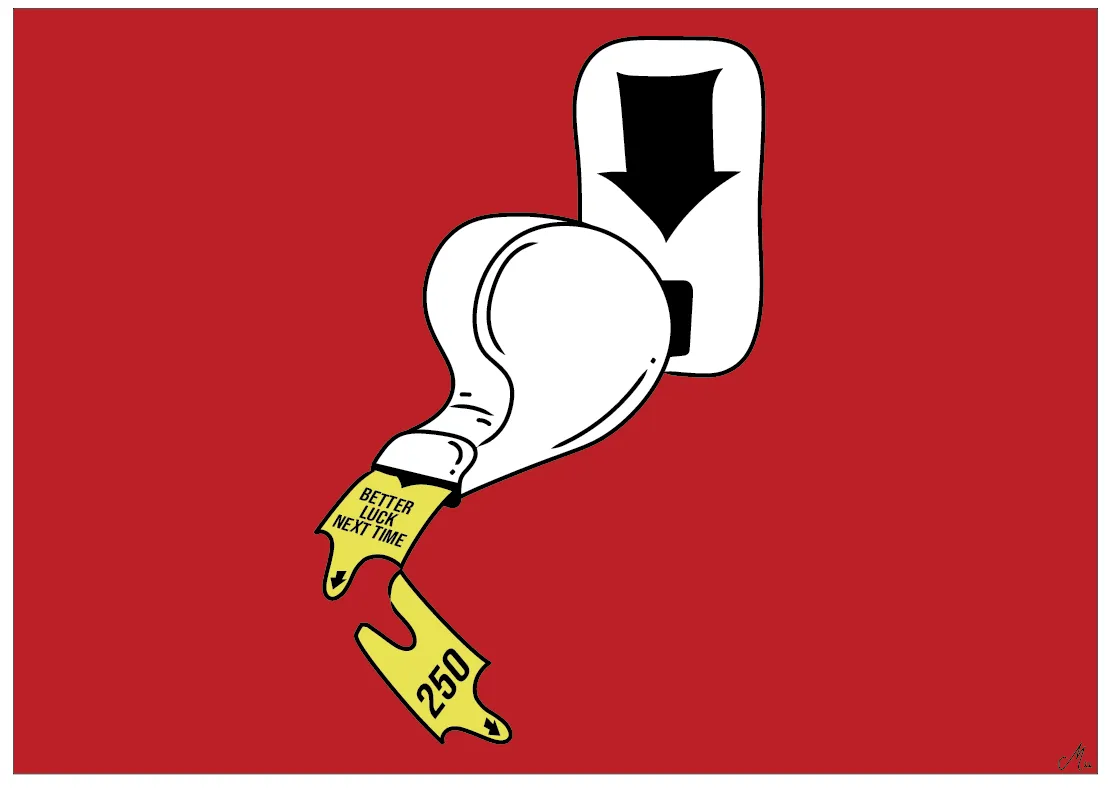
By the time you read this, it may already be too late.
Mere days after it opened, the latest round of Creative New Zealand (CNZ) Arts Grants looks on track to hit capacity.
The trickle down effect of organisations losing their place in the three-year cycle of Toi Uru Kahikatea funding and unsuccessful applicants from the last Annual Arts Grants round has made this current round of Arts Grants arguably the most contested ever.
Lay of the land
Arts Grants for the 2022-23 cycle are broken into four rounds - described by CNZ as their “most popular fund” with short-term projects backed for anything between $5,000 and $75,000.
CNZ outlines “Arts Grants are open to emerging and established artists, arts practitioners and arts organisations for a range of activity. This funding enables more sustainable careers, encourages innovation and the development of arts practice, and provides opportunities for diverse communities to access the arts.”
You don’t need a track record with CNZ to be in the running.
The recipients and unsuccessful applicants of the first round of Art Grants for this cycle found out their fate on Friday (30 September).
The second round - the current round - opened on Monday (3 October).
That means those who were unsuccessful for round one had only a weekend to get their house in order, try to work out what they need to improve in the eyes of the assessors and get back in the extraordinarily crowded funding pool.
Those who had “their world turned upside down” after missing out on Kahikatea or Annual Grant funding have had only a few weeks to pick themselves up off the floor, survey the new landscape and be ready to go.
The Big Idea is aware of at least one of the four who were removed from the six-figure Kahikatea group who intend on applying for the current arts grants round.
There were 27 unsuccessful applicants from the Annual Grants process - more than half of the total applicants. Many of those proposals were requesting up to the maximum of $150,000. The top dollar for the Arts Grants is half that.
When The Big Idea covered the reaction to the defunding saga last month, all signs pointed to this round of the Arts Grants being flooded with applications.
And adding to the drama - each round of Arts Grant funding closes once 250 applications are received. It’s not a timeline driven window, it’s one decided by volume.
As of close of business on Wednesday (5 October), 142 applications had been submitted - with another 129 sitting in draft form. That capacity could be reached rapidly.
The race to 250 applications for the first round (which closed in August) took only 9 days. It seems inevitable for that mark to be lowered for this round. UPDATE: The 250 capacity was reached around lunchtime on Friday 7 October, meaning it lasted barely four days.
Once this window closes, that’s it for the year. The results of the second round are due on 9 December. The next opportunity to apply - round three - opens on 30 January 2023, with those results handed down on 7 April.
For many, those dates feel lightyears away.
Creatives under pressure

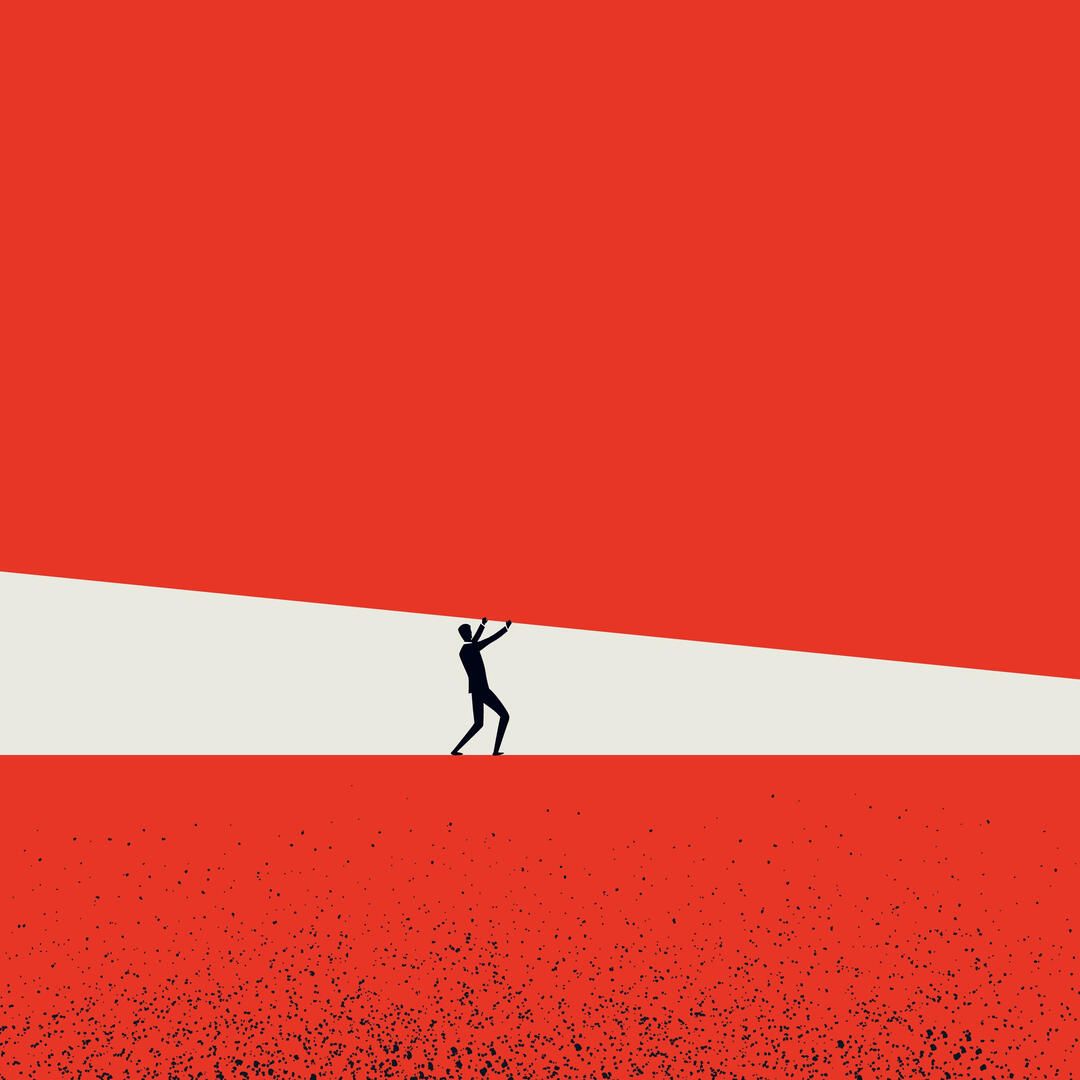 Image: Shutterstock.
Image: Shutterstock.
The Big Idea has spoken with many involved in the Arts Grant cycle - from those trickling down from the higher tiers of funding to those who have already been operating in this space.
Many have given their views and insights on the condition of anonymity - for fear they could bring any further heat on themselves or those they work with.
One well-respected source was grappling with how to turn around their failed Annual Grant bid into a new application with different word counts and different requirements.
While CNZ did let them know they would be able to access their previous proposal in the application portal, the source didn’t consider it practical, describing it as “trying to retro fit things in a highly reactive way.”
They continue: “we thought we’d at least have til the weekend - now our fear is are we going to miss the cut-off or hand it in without doing due diligence. It requires putting more pressure on people who are all busy and tired to provide their time and support material.
“We know we’re not going to put our most robust proposal in because we are not going to have time. It’s a very flawed system, it feels so disrupted.
“The race is on - it feels like a kamikaze derby.”
Another adds “it isn’t a fair system. I know it’s so they can look at them and read (the proposals) in a timely fashion but I’ve never met anyone in the industry who likes the system. It is so bad for wellbeing - we couldn’t open the application and the new forms until Tuesday morning.
“We knew there was a bunfight coming - we didn’t think it would be this extreme.”
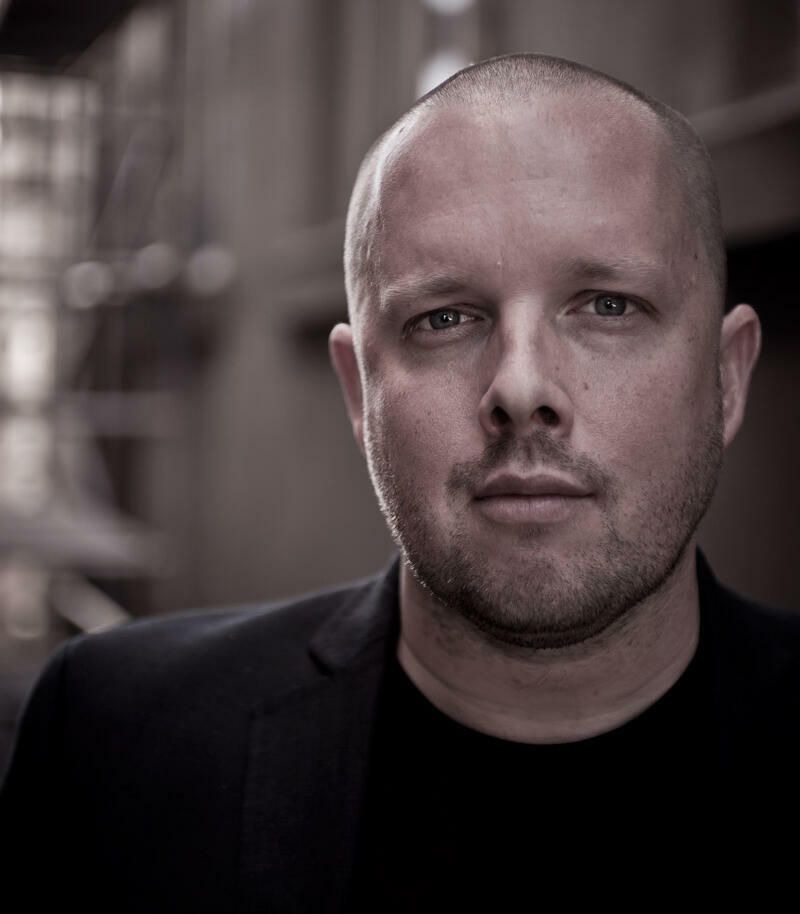
Another creative with a highly touted list of accolades is director and Arts Laureate Shane Bosher (above). He made the strategic decision to focus his energies on the October and January Arts Grant rounds, spotting the writing on the wall for the Annual Arts Grants.
Having seen the deluge of interest, Bosher told The Big Idea “reluctantly, I have decided not to apply - there is little point when the round will be overpopulated by deserving independent companies and festivals that have been impacted by these recent decisions.
“In the most recent Arts Grants round, announced last Friday, just four applications were approved for funding to support theatre projects. FOUR.
“It really is The Hunger Games for independents.”
Someone who has been successfully working in the Arts Grants model had the rug pulled out from under them on Friday - put into the unsuccessful column.
They explained their frustration to The Big Idea.
“There’s a ridiculous amount of competitiveness in the process, with only 1,000 applications being accepted in the entire financial year and half the funding from the previous financial year.
“The applicant total (250 max) was a broken model while there was still a closing date - the shift to removing the closing date altogether is worse. It creates unnecessary uncertainty and hyper-competitiveness, doesn’t allow appropriate time to receive feedback from funding advisers to improve application or fix missing information, and naturally disadvantages those with limited resource to begin with.
“This is compounded with the issue of a funding application being at the mercy of two assessors who - because they remain anonymous - lack accountability or transparency for applicants. Not to mention an assessor’s own lack of cultural context or history between applicants and CNZ.
“The resulting effect on an individual or organisation is having to find the funding elsewhere if they’re lucky, which results in time and resource being poured into that responsibility when they should simply be making great work.
“Worst case scenario, artists or organisations fold or take serious cuts in an already stretched sector.”
One unnamed potential applicant thinks there should be compassionate consideration given to changing the time frame of this Arts grants round - but isn’t holding their breath.
“We’ve seen over COVID that things can change quickly, that they can be responsive. Anything’s possible if people are willing to be human, but my knowledge of CNZ tells me they won’t.”
CNZ respond
The Big Idea approached CNZ for comment, including asking the organisation’s reaction to comments that their funding model is ‘broken’ and enquiring if there was any scope to increase the number of applicants or extend the deadline for this current round.
They replied with the following statement:
“CNZ continues to operate in this current environment with limited funds and a lot of talented individuals and groups seeking funding support. We’re doing our best to support as many people as we can, but it’s important to acknowledge that with any competitive funding process, there will always be some individuals and groups who miss out.
“The limit of 250 per Arts Grant round was introduced, in part, to calls from the sector requesting quicker turnaround times to funding results. It also helps us to resource each round appropriately by ensuring we have enough external peer assessors.
“Alongside funding, CNZ offers learning and development opportunities for arts practitioners and organisations as part of our capability building work. We also advocate and assist others to advocate on the behalf of the arts to central government and other interested parties.”
The lack of resource and money the organisation faces is acknowledged by those The Big Idea spoke to, but it doesn’t abate their frustration.
Bosher retorts “CNZ have indicated that they have limited financial flexibility and that there will be times over the next four years when they will be forced to make difficult decisions about where best to invest resources.
“I fail to understand a strategy that sees the salaries of marketing managers and administrators prioritised and protected while independent artists, the people that actually make the art, are forced to abandon their careers.
“Resilience and wellbeing have become swear words to most independents that I know.”
Another declared “It’s not like CNZ is the only funding option but they are causing absolute carnage once again - and it feels like it’s all for their convenience.
“I’m pissed off because I’m breaking away from opportunities that have been hard fought to create - to give time for this in a really chaotic way.
“We (creatives) are in this race together and it’s really horrible, I haven’t felt this pressed on something in a very long time.”
A leading light in the next generation of creative leaders told The Big Idea “the entire point of CNZ’s funding during the pandemic was to keep the sector afloat so it existed out the other side.
“Now - in arguably one of the most challenging audience, funding, economic, and personnel contexts - they’re complicit in letting artists and organisations either go under, go overseas, or change industries.
“The lack of transparency or relationship building between CNZ and the artists is also devastating for the morale and mental health of the sector.”
Both sides of this discussion - CNZ and the creative community - want the same outcome; a thriving arts and culture landscape.
But there is unquestionably ground that needs to be made and kōrero to be had for that to be anything like a reality in the current climate.
